Berytus (Beirut)
Q3820Berytus (Greek Βηρυτóς): town in Phoenicia, modern Beirut.
Bronze and Iron Age
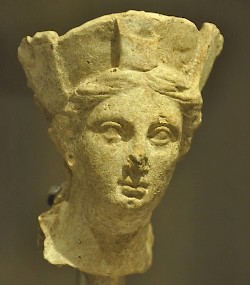
Beirut is a very ancient city. A Canaanite town called Beruta, probably meaning "wells", is mentioned in the royal correspondence from the Bronze Age. There is no doubt about references in the Amarna Letters (fourteenth century BCE) and the texts from Ugarit (thirteenth century). It appears that Berytus was, at this stage, dependent on Byblos, which was only thirty kilometers to the north. Perhaps Berytus is already mentioned, however, as early as c.2400 BCE: the texts from Ebla mention a Ba'urad, but the identification remains uncertain.
For this Bronze Age settlement is some archaeological evidence. Just north of Martyrs' Square is the archaeological tell, where a gate and a wall from the Middle Bronze Age have been discovered. The ancient port was directly to the north of the hill. It must have been a friendly place, a bit outside the major current and protected against western wind by a promontory. There are also remains from the the Late Bronze Age and the Iron Age, a handful of Roman columns and tombs, and a Crusader castle on top of it, so it is a complicated site.
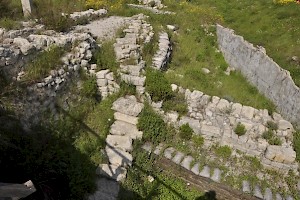
Other archaeological evidence for the Bronze Age is the presence of reliefs of pharaoh Ramesses II of Egypt (r. 1279-1213) just north of Beirut, at Nahr al-Kalb. (Two of these reliefs are still visible.) The Egyptian armies must have controled this area and Beirut must have been visited by officers and soldiers from the country of the Nile.
The transition from the Bronze Age to the Iron Age, somewhere in the twelfth century, saw the demise of Egypt and the rise of a new civilization: the Phoenicians. It appears that Berytus now became dependent on Sidon (forty kilometers to the south). Little is known about this period, and our sources do not mention Beirut.
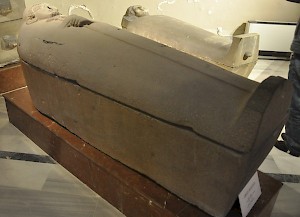
It is certain, however, that after the battle of Qarqar, in 853 BCE, the Assyrians forced themselves into greater Syria. Berytus shared Sidon's fate: it became increasingly integrated into the Assyrian economic system, until king Esarhaddon made an end to all appearance of Sidonian independence in 677/676. According to the Esarhaddon Chronicle, the king of Sidon was beheaded. From now on, Sidon and Berytus were part of the Assyrian world empire.
Later, when the Babylonians and Achaemenid Persians took over power in the Near East, the inhabitants of Berytus switched their loyalties. After the battle of Issus (333), the region accepted Alexander the Great as its king, and we are sure that Sidon supported the Macedonian conqueror during the siege of Tyre.
Hellenistic Berytus
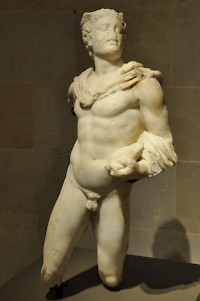
Again, our sources hardly refer to Berytus, although it must have been of great strategic significance during the Syrian Wars, which were in the course of the third century fought between the empires of the Seleucids (in Syria) and Ptolemies (in Egypt). In the confused years after the death of Alexander (11 June 323), the area, now called Coele Syria, had been conquered by Ptolemy I Soter, but its possession was challenged by Seleucus I Nicator, and their descendants continued to fight about it. Initially, the Ptolemaic armies were successful, but during the Fifth Syrian War (202-195), the region became Seleucid. A very poorly preserved Greek inscription along the Nahr al-Kalb may refer to this event.
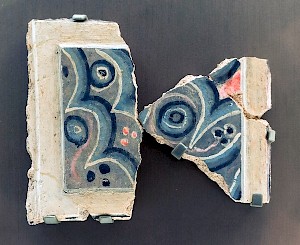
During the reign of Antiochus IV Epiphanes, Berytus was renamed "Laodicea in Canaan", which shows that by now, it was recognized as a more or less independent community within the Seleucid Empire, no longer part of Sidon.
The inhabitants now had to decide about their fate themselves, and terribly miscalculated in the conflict between king Demetrius II Nicator and the usurper Diodotus Tryphon: the latter sacked the city in 140.note Because the dynastic line of Demetrius continued to rule, Berytus could recover. Excavations have shown that the Roman lay-out of the city is essentially the same as that of the Hellenistic town.